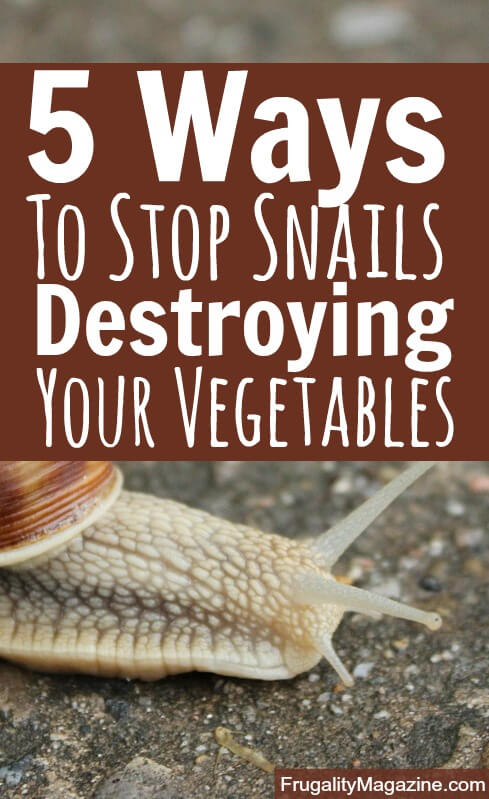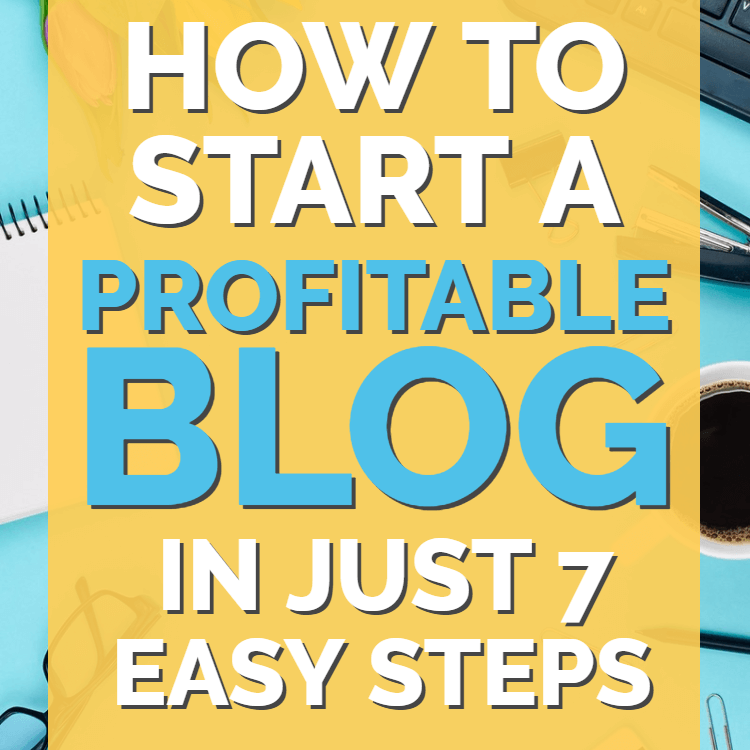Contents
There’s nothing more depressing than investing time and energy into growing your own vegetables, only to have them destroyed by slugs and snails.
This is the reason, no doubt, why so many gardeners rely on slug pellets to kill off the little blighters before they obliterate your garden. That’s all well and good, but it’s hardly a natural, organic way to rid your garden of snails.
Furthermore, for the frugal among us, slug pellets aren’t exactly cheap, so every bottle of pellets you buy increases your costs. Apply too many and it will probably work out cheaper to buy your vegetables from the supermarket.
Over the last few years I’ve tested out a number of different ways to control snails and stop them eating my veg. They differ in effectiveness and the effort required, but I have found all of them to have some positive impact. Try experimenting with these in your own garden and help to keep the snails at bay without the need for chemicals.
Chicken Wire
The fresher and newer your vegetable plants are, the more appealing they will be to snails and slugs. So it follows that your seedlings are at greatest risk, while older plants seem generally to be of sightly less interest to the little monsters. Protecting your seed trays is therefore of vital importance.
One technique that many gardeners swear by is to rest your seeds trays on a column of chicken wire. Apparently the big, chunky snails in your garden find it almost impossible to stick to the thin wire, and so most drop off long before they manage to reach your seed trays, which are carefully resting on top.
Beer Traps
If you don’t mind killing snails but you’d rather avoid using chemicals then beer traps may be the way. You can buy these in many garden centers though they’re just as easy to make yourself. Simply sink a waterproof container such as a jam jar into the soil and fill it with beer. The real cheap, nasty stuff seems to work fine; snails aren’t fussy.
Lastly, consider placing some kind of cover over the top. A slate or flat rock, resting on a couple of stones so that you local snails can crawl underneath will work wonders. The snails – who seem to love a drink – climb over the edge of the pot to drink the beer, then topple in and drown. Every few weeks you just empty the stale beer and the snail corpses before resetting it to go again.
Physical Barriers
Possibly the most effective strategy of all is the use of physical barriers. This could involve growing your vegetables in a greenhouse, within a specially-made vegetable cage or under cloches. The goal, quite simply, is to create an impenetrable wall between the snails and your vegetables, so that your veggies can grow away healthily without any interference from the local mollusc population.
Done well this is one of the most successful techniques of all, but be aware that snails are great escape artists. The tiniest gap or crack can see snails getting through to your plants so you’ll need to be very careful about installing the barriers and checking them thoroughly on a regular basis to ensure no snails have managed to “breach the defenses”.
Crushed Egg Shells
I must admit that I’ve never had much luck with this technique, though enough experienced vegetable gardeners I know swear by it so strongly I felt obliged to include it here. Quite simply whenever you eat eggs, just take the discarded shells and crush them into a coarse substrate. Then sprinkle these crushed egg shells around the base of your sensitive vegetable plants.
Allegedly the snails hate the sensation of crawling over the egg shells and so will avoid your vegetable plants at all costs.
Removal Of Cover
Some years ago my pea plants were being ravaged every night by snails. It was driving me mad, and I ended up replating my pea plants 3 or 4 times before I decided another solution was in order. I’d tried virtually everything possible and eventually decided that I would try to figure out exactly where the snails were coming from.
I good search around the garden and it seemed that my rhubarb plants – which were growing only a few feet away – were providing a perfect refuge for the local snails. With their dense foliage, the snails were able to stay cool and moist een in the hottest weather by hiding in the rhubarb plants.
I must admit that I’ve never been a huge fan of rhubarb myself so I didn’t take much convincing. I removed the plants, so that not only would the snails have nowhere close by to hide in, but additionally any snail wanting to attack my plants would have to travel across a large open area to get to the plants. My hope was that this marathon dash across open ground – where they would be at risk of predation – would just be too much for them.
The trick worked like magic, and the attacks stopped almost instantly. In truth, a few snails still made the trip, but in comparison to the size of the problem I was thrilled.
Now, whenever I’m planting vegetables that are prone to snail attack (peas, beans, salad leaves etc) I will aim to use a combination of a physical barrier and a large “border” of open soil. This combination works well for me, helping me to reduce my snail problem without spending money on snail pellets.
Are you having problems with snails? What methods have you tried before? Please leave your thoughts in the comments section below…











I’ve had pretty good luck keeping the slimy scourge away by using plain old and CHEAP CHEAP (can find it at dollar stores) epsom salt. I just sprinkle a little bit around the base of the plants every other week or so. This also works for outdoor container plants. Additionally, has the added benefit of being good for plants by enriching the soil with nutrients.
That’s a great tip Tracy – thanks for sharing 🙂
Sounds great! I hate killing creatures but get disappointed when they eat all my vegs.
Snails and slugs do indeed love beer, but if you are too cheap to give your beer to them (I sure am), you can just dissolve some yeast in warm water. The kind you use for baking is fine. It’s the yeast in the beer that attracts them anyway, and it’s cheaper than beer.
Oooh now that’s a nifty trick I haven’t heard before – thanks for sharing Ivana!
I’m using espresso coffee beans sprinkled around my peas and dwarf french beans and so far it seems to be working – 4 days ago and no slugs at all! I can only assume they don’t like the smell. As a newbie gardener I was worried, but didn’t want to poison any creature. Fingers crossed that it continues to work!
I like cutting the bottom of plastic drink bottles. I place them over the seedlings. I take the tops of the bottles so air can get in. I also attach a little bit of netting over the tops so nothing can crawl in. This method keeps the seedling safe until they are big enough to survive.
I still put crushed egg shells around them after I remove the bottles.
This seems to work ok, I think I will also add epsom salts too. I really like that idea.